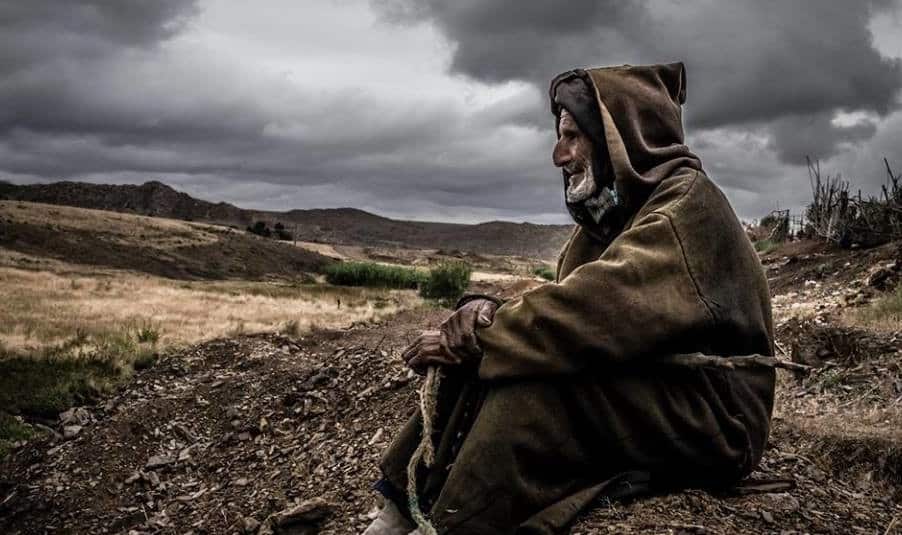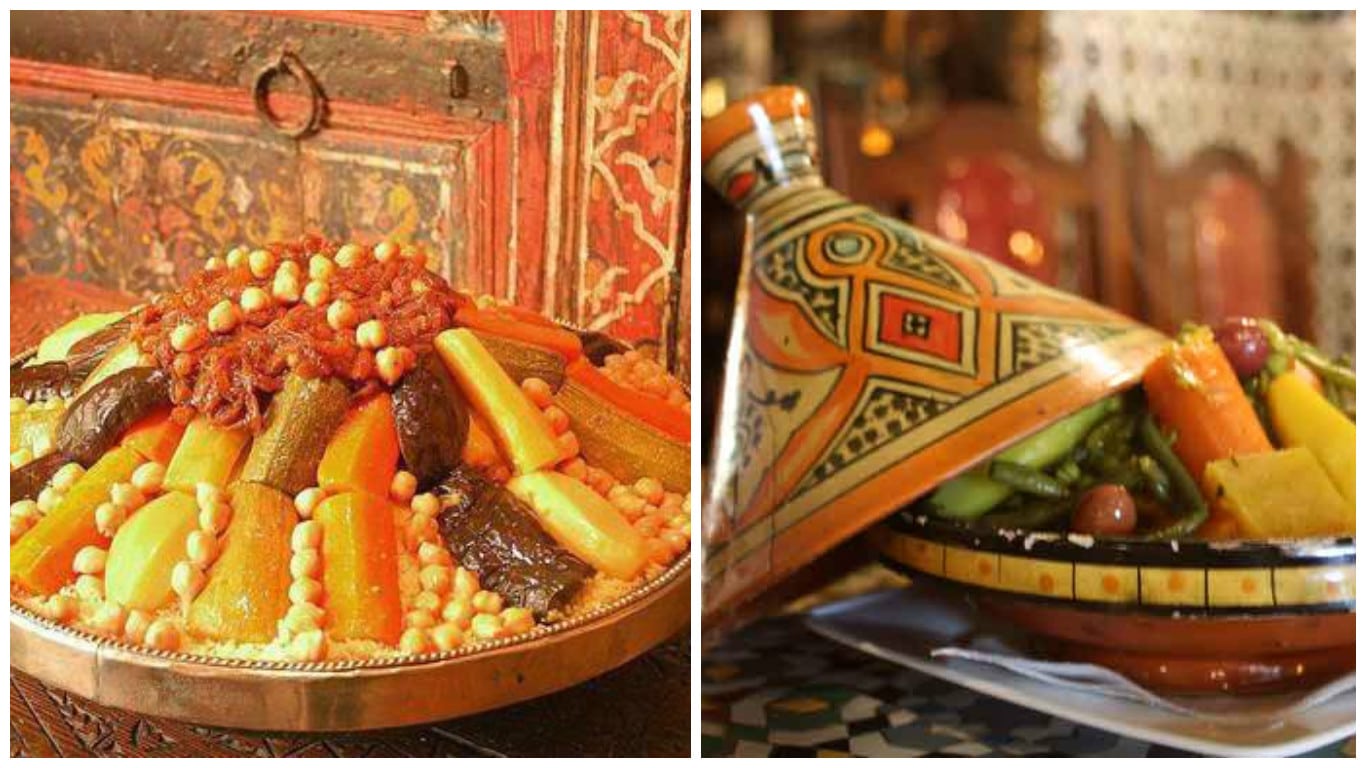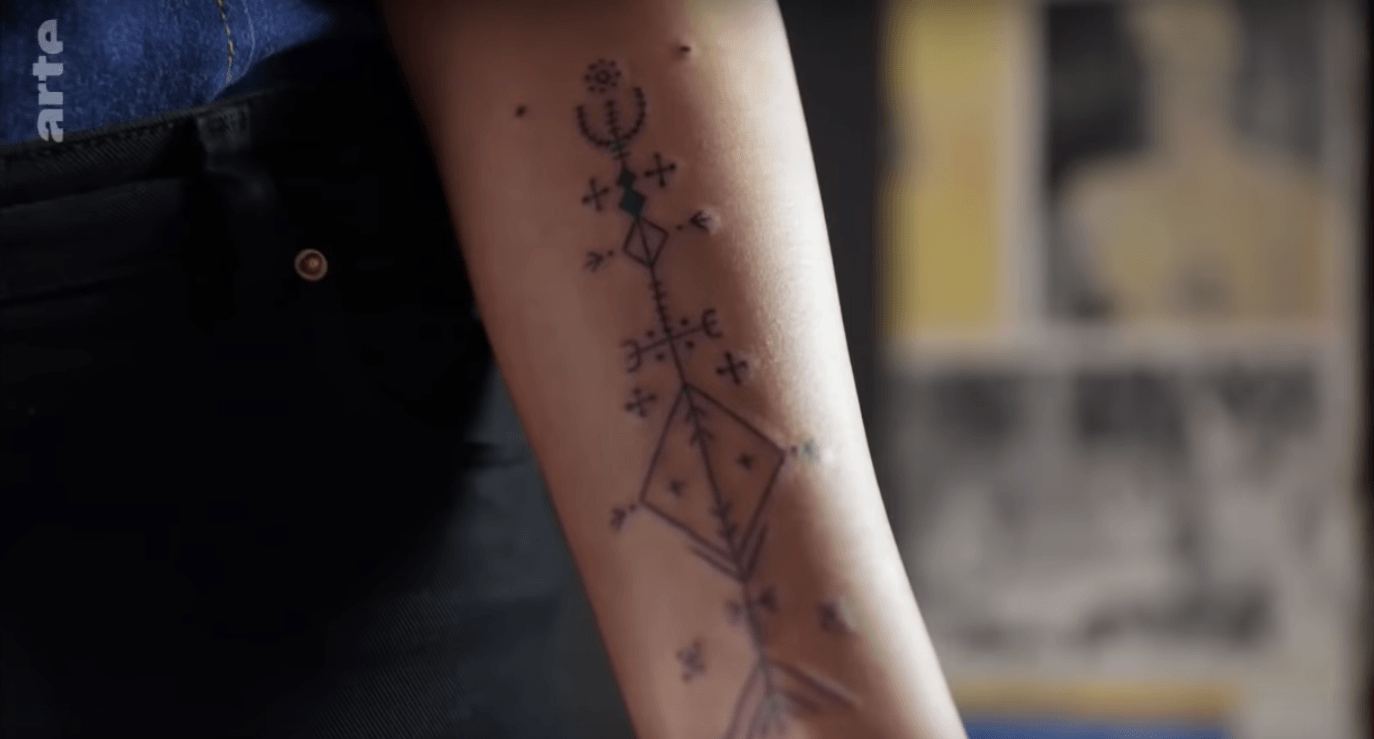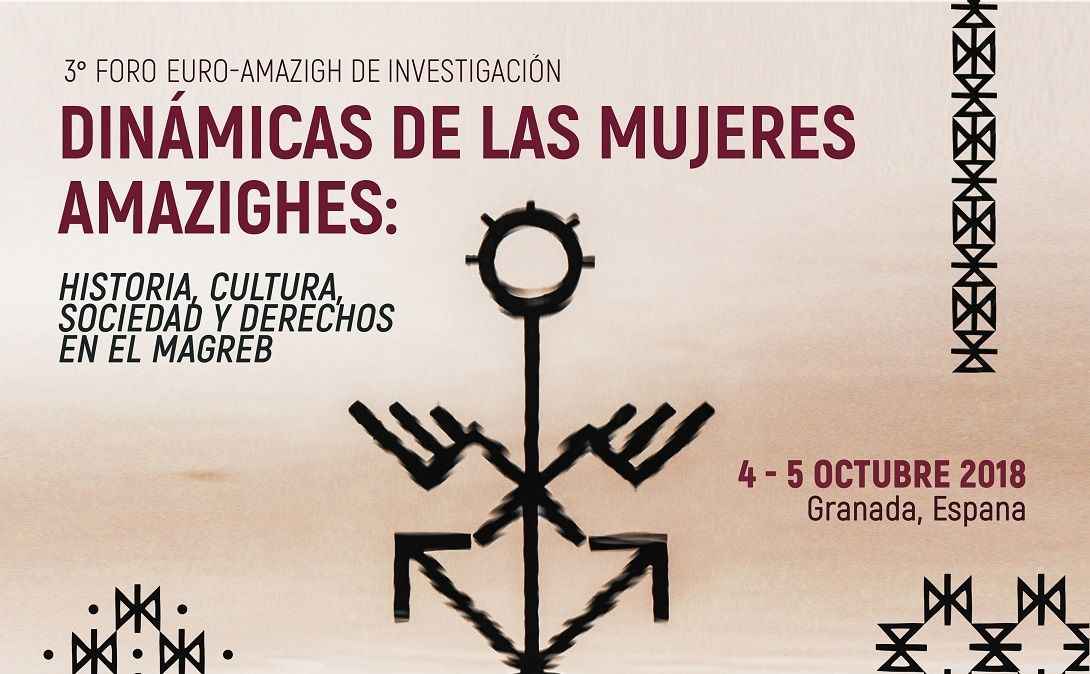[dropcap]W[/dropcap]hether or not they speak Amazigh, language of the native people Moroccan women are exemplary vehicles of Amazigh cultural heritage dating back over 5000 years. They are the chief owners of a heritage that they have succeeded in preserving and that they still transmit from generation to generation. Despite the lack of awritten language and despite mass illiteracy, this age-old knowledge arises from the observation of nature, its cycles and its phenomena which women express in all their daily practices – linguistic,spiritual, creative, aesthetic or domestic.
This is what created the cohesion and continuity of the family, tribe and nation despite the weight of patriarchy, the hazards of life and historical upheavals. Whether urban or rural, women have managed to keep the thread unbroken, linking new generations to old and establishing a dialogue between the visible and invisible worlds, since women – although interested in change – never put at risk their cultural heritage and the mass of experience accumulated since the earliest times.
[ads1]
Women are also naturally associated with artistic production, especially in the traditional sector. Pottery, weaving, decoration of walls and storage jars, embroidery and so on, are mainly created by women. Amazigh jewelry dates back to the most ancient times and constitutes some of the first North African artworks. Like Egyptian or Carthaginian women, the Amazigh woman first felt the need to fix her headgear firmly on her head, her garment on her shoulder and her flying haik on her body. That led her to use metal pins, which might be said to be the Amazigh woman’s first jewelry.Jewelry was born of a sense of ornament. Pins were transformed into pretty clasps, bracelets and brooches of various designs.
The most striking thing when you first see a woman from the Moroccan countryside is how simple and poor her clothing is compared with the lavishness of her jewelry: triangular clasps as wide as a hand on the chest, strong chains and several multi-coloured necklaces in which silver, coral, blue, yellow and green enamel, and amber form a majestic harmony. Moroccan towns transformed Amazigh jewelry by replacing silver with gold, and coral with diamonds. An Amazigh woman’s attire is dominated far more by her jewelry than by her clothing. Women succeeded in preserving Amazigh jewelry together with the memory of past times and civilizations.
[ads1]
The knowledge of women is revealed above all in divinatory and therapeutic practices.Through their role as mothers and teachers, Amazigh women have preserved the secrets of divinatory and therapeutic practices from the dawn of time. Those practices arose from ancestral traditions that began in the Capsian Neolithic age and were enriched through the centuries by Mesopotamian, Egyptian, Greek, Roman, Jewish,Arabic and other contributions. It must be emphasized that these practices reveal just as much intellectual competence as any book knowledge.
In additional to physical work, women’s knowledge includes intellectual production. In that regard, we have in Morocco what is called the other history, non-official history, written by women. I am a member of a North African research group whose mission is to delve into history to resurrect women’s voices and locate them on the chessboard of history, so as to highlight their contribution to the construction of North Africa.An anthology entitled Women Writers of Africa will be published in 2008 as a result of this work.
The variety, depth and wealth of the (oral and written) texts that we have assembled, of the voices speaking in the first person, is overwhelming. The roads traveled by the authors bear the imprint of that female knowledge. They demonstrate an extraordinary mastery both of bodily events and biographical rites and of truly female ways of thinking. It remains for us to highlight the themes of Moroccan women writers,themes which are in direct relationship with Moroccan reality. The intention is to focus attention on these writings as powerful documents that bear witness to their time and to the society that produced them.
[ads1]
UNESCO 2007

















